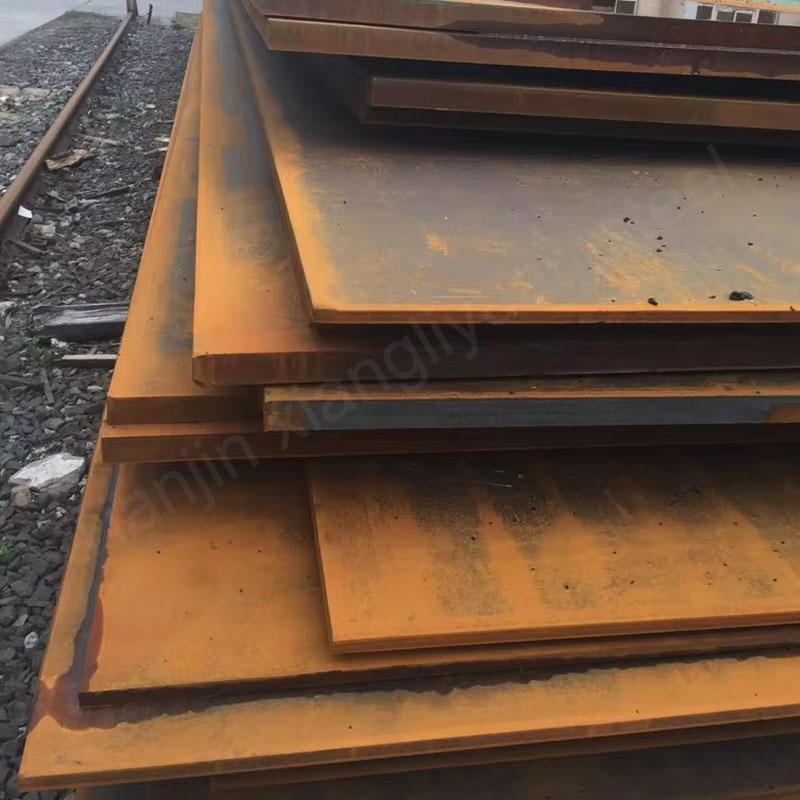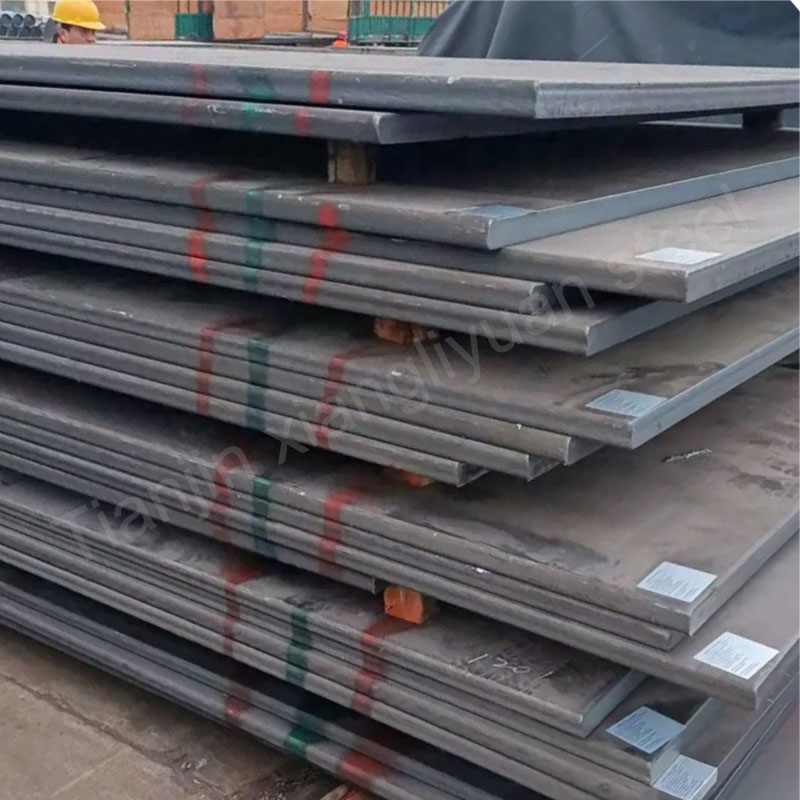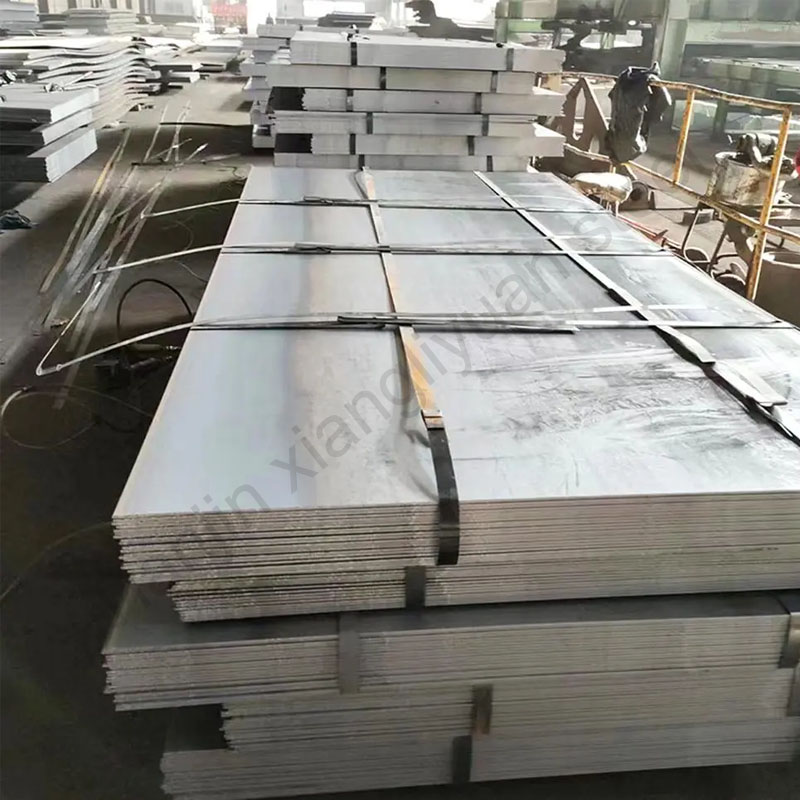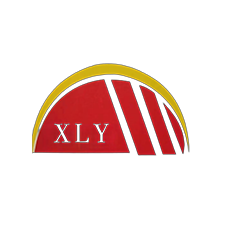Corten carbon steel plate is a special steel plate with atmospheric corrosion resistance. It is made by adding a small amount of alloying elements (such as copper, chromium, nickel, phosphorus, silicon, etc.) to ordinary carbon steel. These alloying elements form a dense oxide layer on the surface of the steel, which can prevent further corrosion, thereby improving the weather resistance and service life of the steel.
The steel grade of Corten steel plate varies according to different countries and regions. Here are some common Corten steel grades:
Corten A/B: These are two Corten steel grades in the American standard (ASTM), Corten A is mainly used for thin plates, and Corten B is mainly used for thick plates.
S355J0WP/S355J2WP: These are two common Corten steel grades in the European standard (EN 10025-5).
Q235NH/Q355NH: These are two common Corten steel grades in the Chinese standard (GB/T 4171).
The production and quality control of Corten steel plates are in accordance with the relevant standards of different countries and regions, mainly including:
ASTM A588/A242: American standard, covering Corten steel.
EN 10025-5: European standard, covering structural Corten steel.
GB/T 4171: Chinese standard, covering high-strength low-alloy structural steel.
JIS G 3125: Japanese standard, covering high-strength Corten steel plates.
Corten steel plates can be classified according to their composition and use:
Low-alloy Corten steel: The main component is iron, and a small amount of alloying elements such as copper, chromium, nickel, etc. are added to improve its weather resistance.
Structural Corten steel: Mainly used for building structures and engineering structures, with good mechanical properties and weathering resistance.
Decorative Corten steel: Due to its unique rusty appearance, it is often used in landscape design, art sculptures and building exterior wall decoration.
Corten steel plates are widely used in many fields due to their superior performance, including but not limited to:
Architecture and bridges: used for building exterior walls, roofs, bridge structures, etc.
Vehicles and ships: used to manufacture train carriages, containers, ships, etc.
Landscape and gardening: used for decorative panels, art sculptures, garden facilities, etc. in landscape design.
Mechanical equipment: used to manufacture the shells and structural parts of various mechanical equipment.
Others: such as chimneys, storage tanks, transmission towers and other facilities that require high weather resistance.
Corten steel plates have gradually become an important material choice in modern architecture and engineering design due to their durability and aesthetics.
Features of Corten carbon steel plates:
Strong corrosion resistance: A protective rust layer will form on the surface of Corten carbon steel plates to prevent further corrosion.
High strength: Due to the addition of alloy elements, the strength of Corten carbon steel plates is higher than that of ordinary carbon steel plates.
Low maintenance cost: Due to its excellent weather resistance, frequent maintenance and painting are not required, saving maintenance costs.
Corten carbon steel plates are widely used in buildings, bridges, vehicles, containers, sculptures, gardens and other fields, especially suitable for structural parts exposed to the atmosphere. Due to its unique and beautiful rusty appearance, it is also widely used in decoration and art. This type of steel not only has good mechanical properties and processing performance, but also its durability gives it a longer service life in outdoor environments. It is one of the important material choices in modern construction and engineering.





